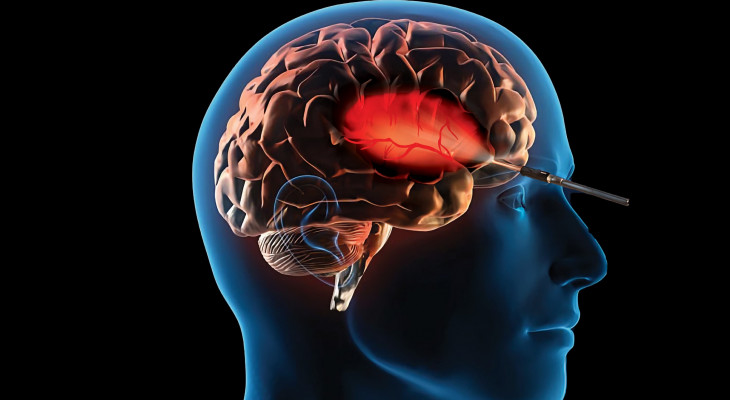Mon – Fri 9 am–3 pm, 5–8 pm
Sat: 9 am–5 pm ,Sunday: Closed

Are you or a loved one facing a neurological disorder that requires surgery? If so, you may have heard about keyhole brain surgery treatment as a minimally invasive option. But what exactly is keyhole brain surgery, and how does it work? we will explore the ins and outs of this groundbreaking procedure and its benefits for patients.
Keyhole brain surgery, also known as minimally invasive neurosurgery, is a surgical technique used to access the brain through a small incision, typically less than 2.5 cm in diameter. This approach is designed to minimize trauma to the surrounding tissues and reduce recovery time. Keyhole surgery can be used to treat various brain conditions, such as tumors, aneurysms, and other neurological disorders, with less postoperative discomfort compared to traditional open brain surgery.
Keyhole brain surgery is often considered for conditions that require surgical intervention but can be treated through a smaller, less invasive approach. Some common conditions treated with keyhole surgery include:
Brain Tumors:
Aneurysms:
Arteriovenous Malformations (AVMs):
Pituitary Tumors:
Cerebral Hemorrhage:
Trigeminal Neuralgia:
Hydrocephalus:
The signs and symptoms vary depending on the underlying condition that requires surgery. Common symptoms that may prompt consideration of keyhole brain surgery include:
Severe Headaches:
Seizures:
Vision Problems:
Balance and Coordination Issues:
Facial Pain or Numbness:
Changes in Mental Status:
Preoperative Evaluation:
Surgical Procedure:
Recovery:
Consulting Dr. Tanusree Chakraborty:
Dr. Tanusree Chakraborty is an expert in advanced neurosurgical techniques, including keyhole brain surgery. If you or a loved one is experiencing symptoms that may require brain surgery, consulting with Dr. Chakraborty will provide a comprehensive assessment of your condition. She will review your medical history, perform necessary diagnostic tests, and discuss the most suitable treatment options, including whether keyhole surgery is appropriate.
Dr. Chakraborty’s expertise in minimally invasive procedures ensures that patients receive the most effective and least invasive treatment possible, leading to faster recovery and better outcomes.
Would you like more information on how to schedule a consultation or details on specific conditions treated by keyhole brain surgery? Contact Us
